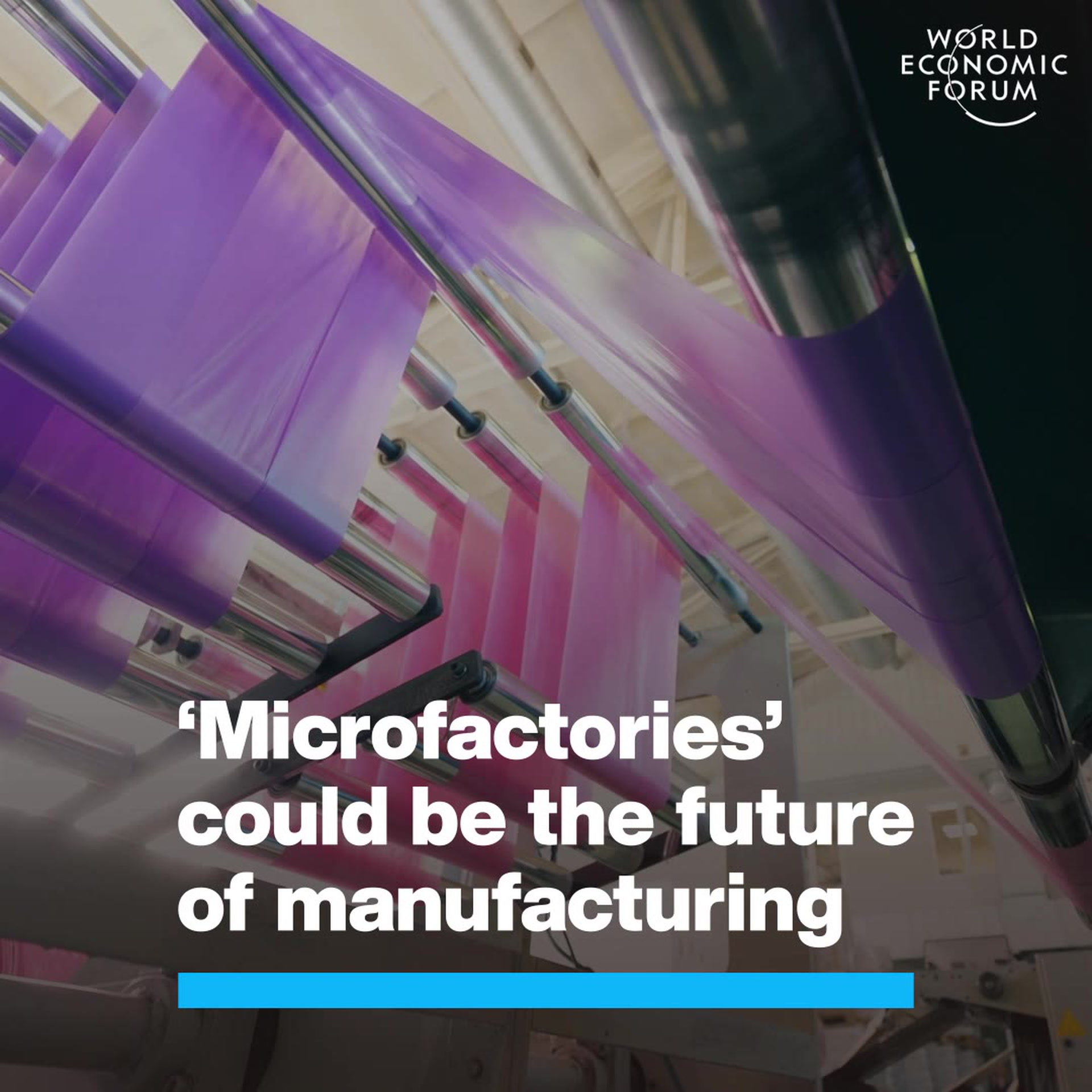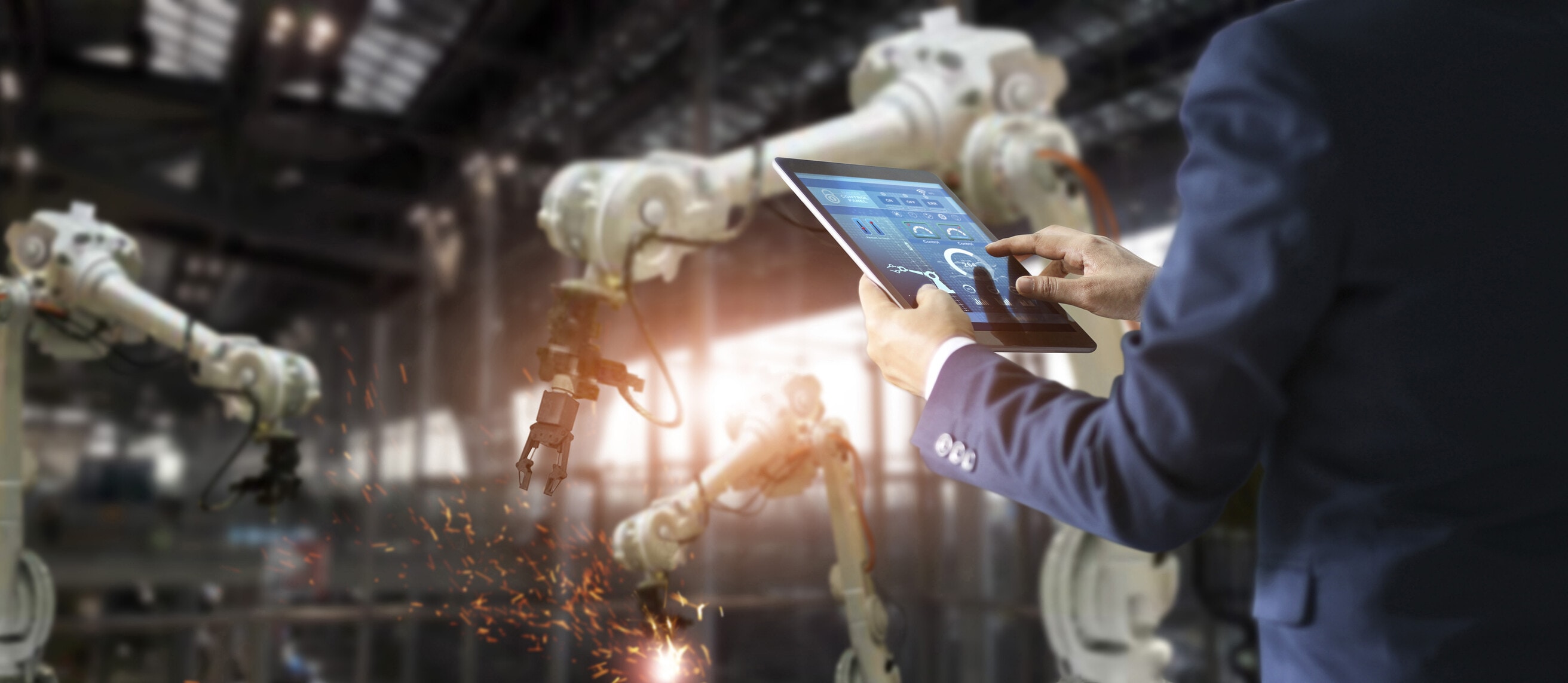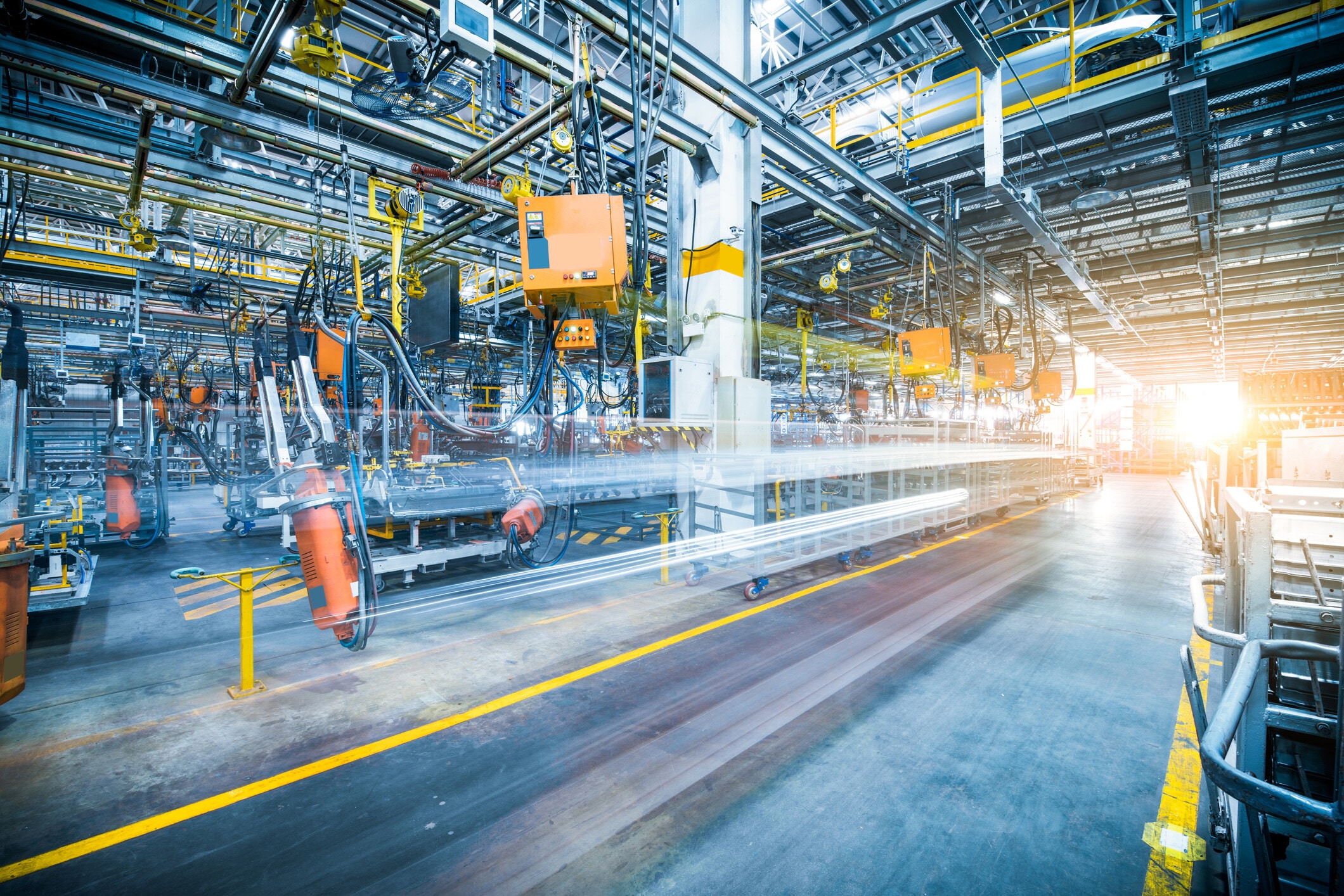These 'biofoundries' use DNA to make natural products we need

The prototyping process at the heart of biofoundries involves the design of DNA genetic components.

Get involved with our crowdsourced digital platform to deliver impact at scale
Stay up to date:
Advanced Manufacturing
Biology is an astonishing builder. Think of the complexity and organization required to construct a giant redwood, or to form the extreme tensile strength of a spider web, or the on-mass ability of ancient microbes to change the Earth’s atmosphere.
Scientists today are harnessing this building power in the field of engineering biology to achieve bespoke biological functions for many different and new applications. The convergence of biological understanding, data science and the tools of molecular biology, combined with an ability to synthesize DNA to order, have enabled us to transform cells into “mini-factories” for the production of products useful to humans.
For example, silk from a spider’s web is a material that has been optimized by spiders over millennia, as it is lightweight yet extremely strong, and fantastic at catching prey. Using knowledge of the genetic code, scientists can now instruct specialized microbes to make spider silk in quantities otherwise impossible. Such silk can now be manufactured into fabrics for adventure wear and into armoury for military defence.
The ability to exploit this amazing building capacity is now being accelerated by the new field of engineering biology, which applies engineering principles such as standardization, modularization and robustness to the genetic engineering of complex living systems for specific applications. New robotic workflows and technology platforms are being established, resulting in different types of laboratories focused solely on accelerating and prototyping biological designs for engineering-biology applications. Such facilities today are called biofoundries, and they are being rapidly established worldwide.
At the core of biofoundries is the Design-Build-Test-Learn (DBTL) cycle, which involves computational design of DNA genetic parts, physical assembly of designed DNA parts, prototyping and testing performance of designs in living cells followed by applying modelling and computational learning tools to inform the design process. Iterations of the DBTL cycle result in genetic designs that aim to fulfil the design specifications.
The infrastructure within current biofoundries varies, but is based primarily around high-throughput liquid-handling robots that allow millions of computer-controlled liquid manipulations, automating many of the processes needed to genetically engineer living systems. Coupled to this are also high-throughput biological measurement instruments that provide the data needed to inform the biodesign process. These biodesign and prototyping facilities are analogous to those developed for computers in the 1970s that led to the ICT revolution and as such are key to a future global biomanufacturing capability and the prospects for a sustainable bioeconomy.

Uniquely, biofoundries can prototype engineered microbes to convert waste from one industrial process into an input for another, opening doors for sustainable manufacturing difficult to reach without biology. Such engineered microbes can then, for example, convert methane gas released from flues into protein-rich biomass for animal feed in adjacent biorefinery facilities. Another example is the highly efficient production of fatty acids and diesel from glucose by metabolically engineered bacterium, which opens up the possibility of not relying on plant oil or animal fat to produce biodiesel.
Development of such efficient microbial cell factories can be streamlined within biofoundries. Other applications include microbial cell factories producing commodity chemicals, bioplastics, protein-based foods and antibiotics to name but a few, as part of a transition to more sustainable bio-based manufacturing systems using engineered cells. Applications also extend to low-cost bio-based sensors and diagnostics that can be rapidly prototyped and optimized before deployment. These include new environmental biosensors for detecting water contamination like arsenic and lead, as well as disease, in resource-poor environments.
Other healthcare applications include novel vaccine prototyping, the development of new cell-based therapies for cancer treatment and the engineering of living probiotic drug delivery and disease detection systems. For instance, our body’s communities of microbes offer new therapeutic interventions where, for example, communities within our gut can be engineered to maximize nutrient absorption and disease detection, while regulating the intimate relationship between gut, mental and immunological health. All of these applications require engineered cells or communities of engineered microbes that can be designed, prototyped and developed within biofoundries.
With this extraordinary capability to engineer biology comes an acknowledgment of the need for additional security awareness. While knowledge coupled with a biofoundry has potential to underpin these amazing biological solutions, some capabilities may enable those with nefarious intent. To mitigate this possibility, scientists and engineers must actively consider the security implications of their work and, when necessary, take proactive steps to address additional risks. Under one mechanism for this, biofoundries have arisen at numerous sites globally with the intention of positively impacting society and enabling economic growth and stability. A globally networked system of biofoundries will form a collaborative community to help ensure that biofoundries are responsible, open, transparent and safe in their activities.
A global alliance of public-funded, non-commercial biofoundries, called the Global Biofoundry Alliance (GBA), has recently been established and launched in Kobe, Japan in May 2019. The GBA provides an opportunity for knowledge-sharing and open technology development to increase discovery, but also for developing common standards and reference materials. Each biofoundry is unique and typically has a degree of specialization in the cell type and process it employs. Working together also enables the expansion of the cell type portfolio to best ensure an appropriate “chassis” (used to define a cell for a specific application) is identifiable with an existing knowledge base on which to build bespoke solutions. Familiarity with the expertise offered at each facility highlights those best skilled for addressing particular challenges across the diverse sectors of medicine, materials, chemicals, fuels, food and the environment. A shared understanding of expertise and capabilities offered will also open the door to the possibility of unique international collaborations to develop chemicals, materials and healthcare applications of global importance.
The unification of the global biofoundries into an open-technology alliance also offers scalability for rapid progress in large projects beyond the capability or capacity of any single entity. The frequency of this requirement is likely to increase as costs for DNA synthesis decline, and researchers adopt even more ambitious goals in the face of ever-more complex challenges. A networked alliance of compatible biofoundries enables streamlined exchange of people and expertise to collaborate in addressing these challenges. As collaborations are best suited in pre-existing relationships, the alliance offers the opportunity for such an extended network of individuals to develop such relationships in the event a collaboration of global importance is required.
One potential scenario where global collaboration might be crucial would be an unforeseen global pandemic. Biofoundries could then collaborate for large-scale vaccine production and the Alliance could be harnessed to help. It also offers unparalleled training and sharing opportunities, including exchange programs, open technology development and collaborative testing of common protocols. These facilities are now training young researchers in technologies that will dominate the research landscape and underpin biomanufacturing in the years to come.
Biofoundries offer a unique opportunity to harness the amazing building power of biology. There is a plethora of new materials, sustainable products and novel therapies awaiting development, which can transform the world and change the face of global and sustainable biomanufacturing. A global alliance of biofoundries will also ensure that this productive potential is maximised for all and ensures a state of readiness towards unforeseen global disease threats.
Don't miss any update on this topic
Create a free account and access your personalized content collection with our latest publications and analyses.
License and Republishing
World Economic Forum articles may be republished in accordance with the Creative Commons Attribution-NonCommercial-NoDerivatives 4.0 International Public License, and in accordance with our Terms of Use.
The views expressed in this article are those of the author alone and not the World Economic Forum.
Related topics:
The Agenda Weekly
A weekly update of the most important issues driving the global agenda
You can unsubscribe at any time using the link in our emails. For more details, review our privacy policy.
More on Advanced ManufacturingSee all
Stephanie Wright, Memia Fendri and Kyle Winters
February 13, 2024
Maya Ben Dror and Lena McKnight
January 31, 2024
Dr. Matthew Putman
January 17, 2024
Kyriakos Triantafyllidis and Andreas Hauser
January 16, 2024







